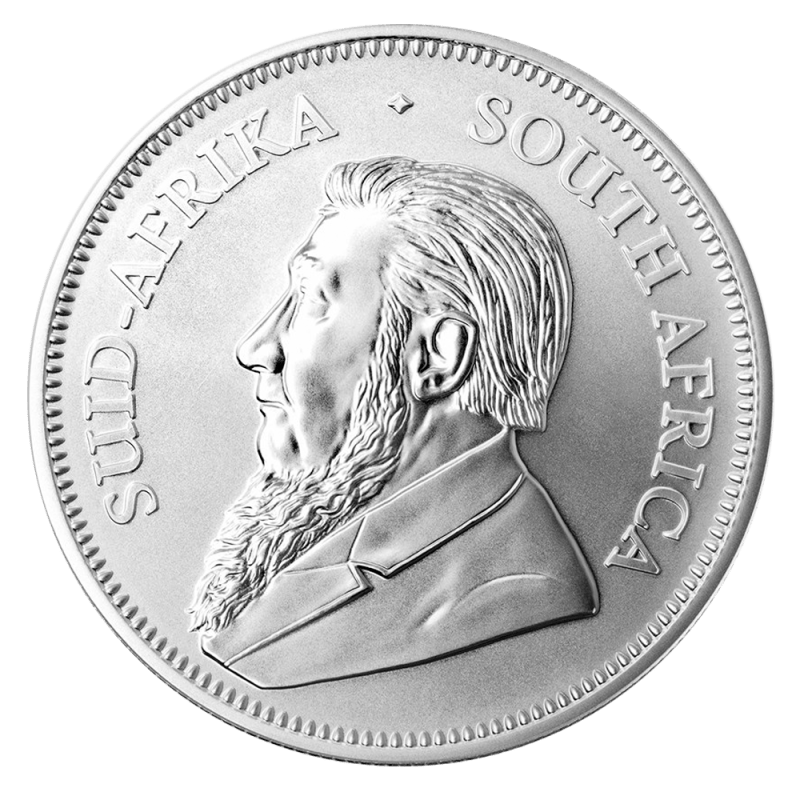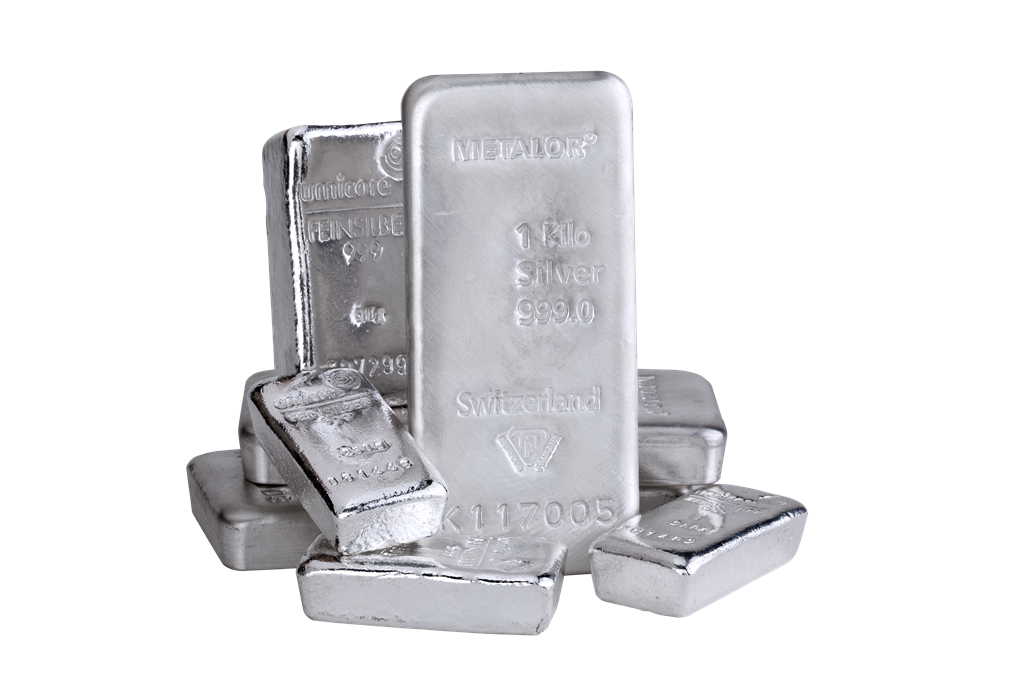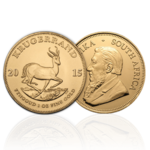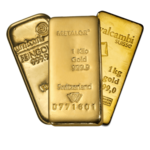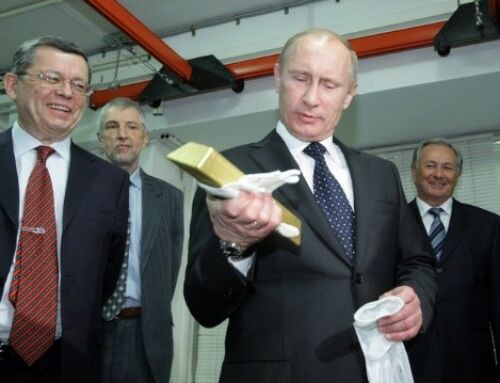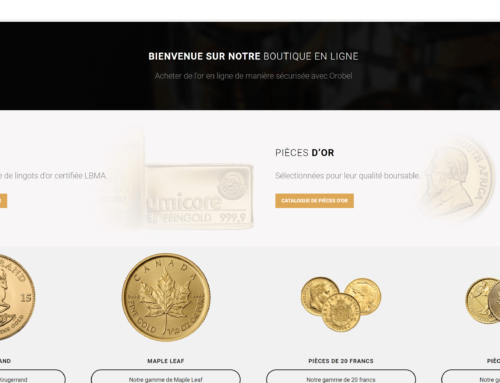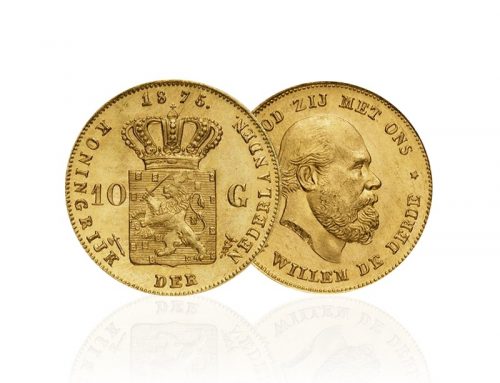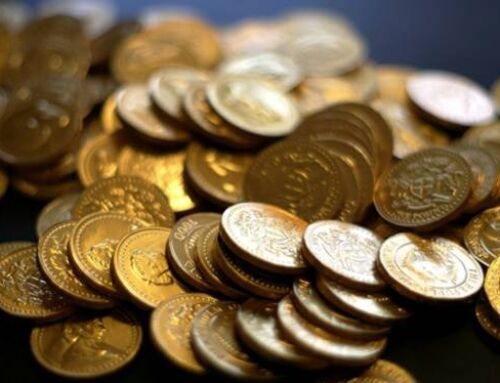Why Central Banks purchase gold ?
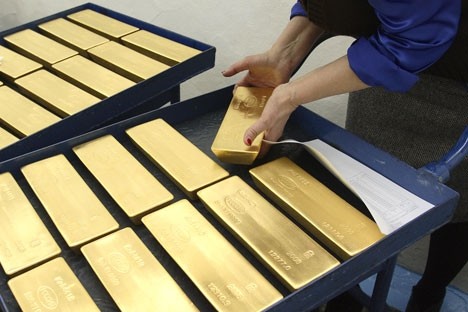
The behavior of central banks towards gold has changed fundamentally in recent years. They supplement their foreign exchange reserves, beginning to buy gold and increase their gold reserves.
Since 2010, the demand for gold from central banks has increased rapidly from 2010 to less than 2% of total global demand to 14% in 2014. This change in behavior is a clear recognition of the benefits that gold can bring to a reserve portfolio.
Read also : gold demand trend from central banks in 2nd quarter 2015.
Gold enable Central Banks to diversify their reserves portfolio.
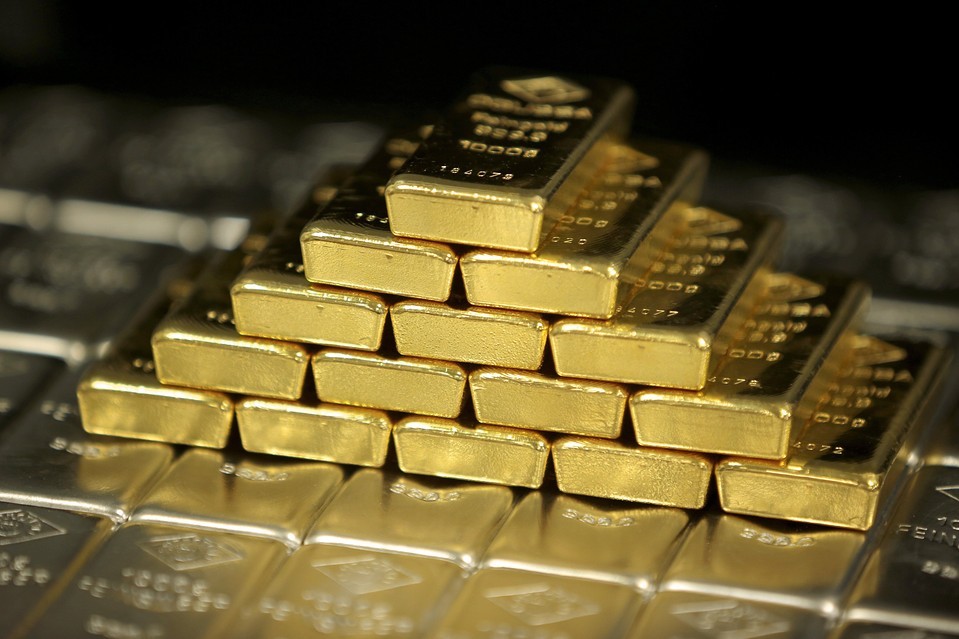
Central banks have begun to reduce reserves in US dollars and euros for physical gold. The constitution of gold reserves in tandem with new alternatives is an optimal strategy for central banks.
Indeed, gold has a long history as a reserve asset for central banks. During the period of the gold standard, gold was a reference unit that supported paper money of a nation. Since the end of the classical gold standard, gold has remained an important part of reserve portfolios for central banks, but fell out of favor as bearing interest of sovereign debt in the United States and Europe took a greater importance in 1990 and 2000.
Central banks seek to reduce their exposure against the dollar and the euro, the traditional reserve assets such as gold can play an important role alongside alternative currency reserves such as the Chinese yuan, Canadian dollar , the Australian dollar, the Swiss franc and the Danish krone.
Read also : 8 reasons to own gold.
Gold is an liquid asset that could be traded easily.
The high liquidity of gold is attributed to its global nature and its double role as currencies and assets with multiple uses.
Gold, with its absence of credit risk and due to its high liquidity, is one of the most interesting alternative to diversify and to best optimize a portfolio or savings. Gold is one of the few assets universally allowed by the investment guidelines of the central banks of the world. Due to the large size of the gold market, at around US $ 3.2tn, central banks have sufficient access to gold for large investments.
When the size of the market and access constraints are considered, gold appears to be the dominant asset diversification with a share in reserves by 8% in dollar terms.
The following chart shows that gold is an asset exchanged tremendously compared to other stock markets.
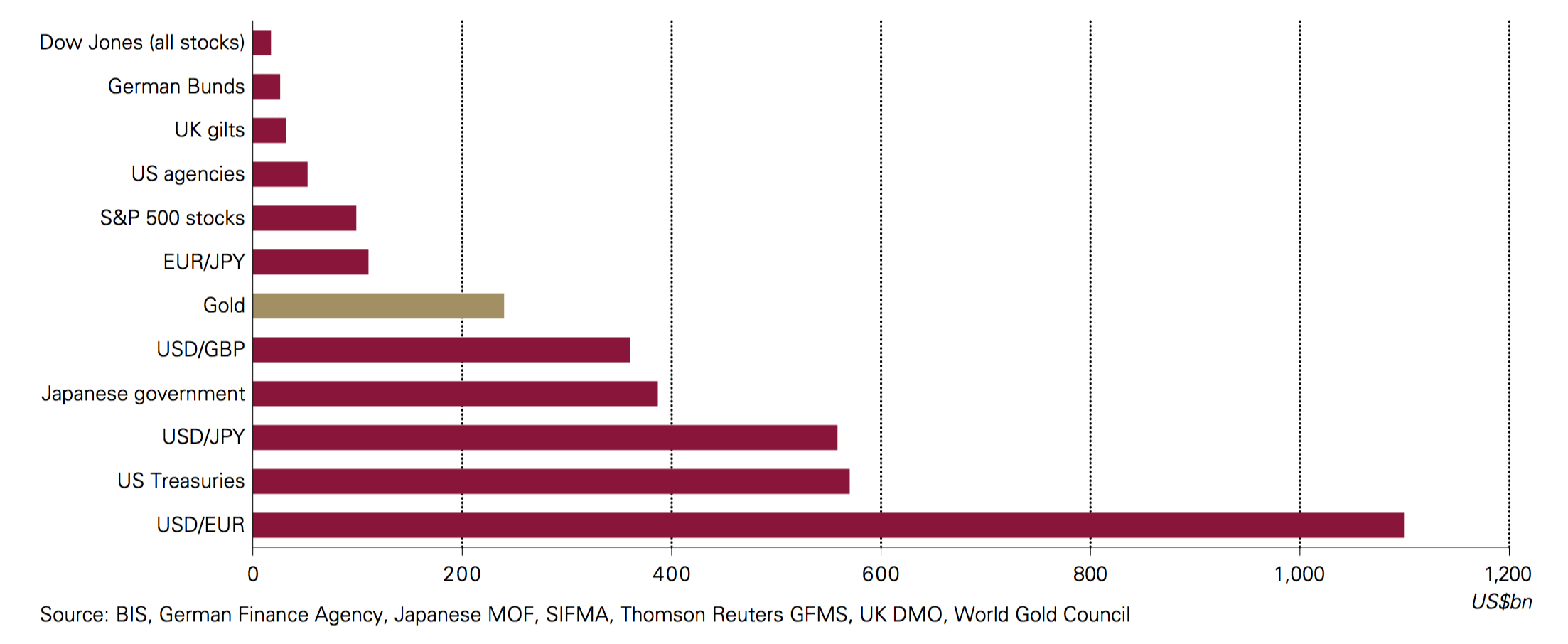
Gold is an insurance against money.
The financial crisis and the crisis of sovereign debt have focused the attention of fund managers on the need to diversify their reserve assets. While the dollar is still the first global currency, its long-term supremacy is less certain. Central banks and seek to diversify their portfolios by reducing reserves the shares allocated to US dollars and euros.
At present, 65% of assets of central bank reserves are … dollars and euros!
Gold has no credit risk held in a given physical form or bank account in a bank vault. It is particularly active taking a lot of value in times of crisis. Many central banks have increased their gold reserves as a hedge against extreme risks or because of its hedging characteristics against inflation (gold has the characteristic of maintaining its purchasing power in times of crisis).
Read also : why invest ing old in time of crisis ?
Read also : Why gold will always win against paper money ?
In conclusion, the increase in the gold reserves of central banks like the Federal Reserve of the United States diversifies their asset reserves to protect themselves against economic risks and currency devaluation.
Do as the central banks, buy physical gold in the form of gold coins and gold bars on our online store.
All news and infos about gold on
[button type= »info » target= »_self » link= »http://orobel.biz/en/info/news.html » icon= »info-sign »]Orobel.biz[/button]
